MARSHAL SCHOMBERG, COMMANDER OF THE ARMY UNDER WILLIAM III AT THE BATTLE OF THE BOYNE, SIGNED MANUSCRIPT TWO PAGE LETTER. On plain watermarked paper, in French, entirely in Schomberg's hand, dated ''A Coubet (Courbet) le 2 Mai'' (1684), the letter begins ''I sincerely regret, Sir, not having found you at home before coming here where I will be obliged to stay until the 15th of the month .. ... Around that time I will leave for a few days in order to have the honour of seeing you and the Duke of St Alban'', and goes on to discuss other named and unnamed individuals, signed Marshal Schonberg. Pencil annotation identifies this letter as being from the correspondence between Schomberg and Richard Graham, 1st Viscount Preston (1648-1695). Marshal Schomberg (formerly Frederick Herman von Schonberg), 1st Duke of Schomberg (1615-1690), leading member of the international military profession of the 17th century, first saw action during the 30 Years War as a 17 year old volunteer in the army of Frederick Henry, Prince of Orange. Subsequently he saw service with the armies of Sweden, Germany, France and Portugal, developing in the process a reputation both as a general and for personal bravery (Schomberg engaged the Prince of Parma in personal combat in 1665, and narrowly escaped death when the prince's sword shattered on his cuirass). Styling himself Comte de Schomberg from 1655, in September 1669 he purchased the Lordship of Courbet, near Paris, and was created a Marshal of France on 30th July 1675. A devout Calvinist, the revoking of the Edict of Nantes in October 1685 brought Schomberg's military career in France to an abrupt end. By 1687 he was engaged in discussions with William of Orange, regarding the possibility of a role for him in William's long-term plans, and in July 1688, whilst serving in the army of Frederick of Prussia, he received orders from William of Orange to prepare for a campaign in the west. William appointed him second in command of the English invasion and he was by the king's side when they rode victorious into Exeter. In April 1689 William conferred the Order of the Garter on him and he was appointed a Privy Counsellor. In June of that year he was given command of the expedition to Ireland, with instructions to bring a speedy end to Irish resistance. When the Williamite infantry forded the Boyne at Oldbridge on 1st July 1690 they encountered substantial opposition from Jacobite cavalry. The Huguenot battalions were soon in considerable difficulty on the south bank, and the 74 year old Schomberg crossed the river to rally them. Wearing his blue Garter ribbon, he made a prominent target. After receiving two sabre cuts to the head from Irish troopers, he was killed instantly by a shot to the neck. Marshal Schomberg was buried on 10th July 1690 in St Patrick's Cathedral, Dublin. The recipient of this letter, Richard Graham, 1st Viscount Preston (1648-1695), a staunch Jacobite and ultra-royalist, was appointed ambassador to the Court of France in the spring of 1682. He returned to England following the succession of James II on 23rd April 1685, and was appointed Lord President of the Privy Council. He remained loyal to James II after William landed at Torbay in 1688, and, following the Williamite victory and exile of James II, actively conspired to raise a rebellion. The Duke of St Alban(s) referred to in this letter would be Charles Beauclerc, Earl of Burford and Duke of St Albans (1670-1726), illegitimate son of the notorious swiver, Charles II and Eleanor ''Nell'' Gwynne. His titles came to him at the instigation of his mother. One day, when the king was with her, Nell Gwynne, unhappy at the king's failure to recognise his offspring, reputedly called to the child ''come hither, you little bastard''. When the king reproached her, she replied that he had given her no name by which to call him, whereupon the king immediately gave him the name of Beauclerc and made him Earl of Burford. Beauclerc was created Duke o
MARSHAL SCHOMBERG, COMMANDER OF THE ARMY UNDER WILLIAM III AT THE BATTLE OF THE BOYNE, SIGNED MANUSCRIPT TWO PAGE LETTER. On plain watermarked paper, in French, entirely in Schomberg's hand, dated ''A Coubet (Courbet) le 2 Mai'' (1684), the letter begins ''I sincerely regret, Sir, not having found you at home before coming here where I will be obliged to stay until the 15th of the month .. ... Around that time I will leave for a few days in order to have the honour of seeing you and the Duke of St Alban'', and goes on to discuss other named and unnamed individuals, signed Marshal Schonberg. Pencil annotation identifies this letter as being from the correspondence between Schomberg and Richard Graham, 1st Viscount Preston (1648-1695). Marshal Schomberg (formerly Frederick Herman von Schonberg), 1st Duke of Schomberg (1615-1690), leading member of the international military profession of the 17th century, first saw action during the 30 Years War as a 17 year old volunteer in the army of Frederick Henry, Prince of Orange. Subsequently he saw service with the armies of Sweden, Germany, France and Portugal, developing in the process a reputation both as a general and for personal bravery (Schomberg engaged the Prince of Parma in personal combat in 1665, and narrowly escaped death when the prince's sword shattered on his cuirass). Styling himself Comte de Schomberg from 1655, in September 1669 he purchased the Lordship of Courbet, near Paris, and was created a Marshal of France on 30th July 1675. A devout Calvinist, the revoking of the Edict of Nantes in October 1685 brought Schomberg's military career in France to an abrupt end. By 1687 he was engaged in discussions with William of Orange, regarding the possibility of a role for him in William's long-term plans, and in July 1688, whilst serving in the army of Frederick of Prussia, he received orders from William of Orange to prepare for a campaign in the west. William appointed him second in command of the English invasion and he was by the king's side when they rode victorious into Exeter. In April 1689 William conferred the Order of the Garter on him and he was appointed a Privy Counsellor. In June of that year he was given command of the expedition to Ireland, with instructions to bring a speedy end to Irish resistance. When the Williamite infantry forded the Boyne at Oldbridge on 1st July 1690 they encountered substantial opposition from Jacobite cavalry. The Huguenot battalions were soon in considerable difficulty on the south bank, and the 74 year old Schomberg crossed the river to rally them. Wearing his blue Garter ribbon, he made a prominent target. After receiving two sabre cuts to the head from Irish troopers, he was killed instantly by a shot to the neck. Marshal Schomberg was buried on 10th July 1690 in St Patrick's Cathedral, Dublin. The recipient of this letter, Richard Graham, 1st Viscount Preston (1648-1695), a staunch Jacobite and ultra-royalist, was appointed ambassador to the Court of France in the spring of 1682. He returned to England following the succession of James II on 23rd April 1685, and was appointed Lord President of the Privy Council. He remained loyal to James II after William landed at Torbay in 1688, and, following the Williamite victory and exile of James II, actively conspired to raise a rebellion. The Duke of St Alban(s) referred to in this letter would be Charles Beauclerc, Earl of Burford and Duke of St Albans (1670-1726), illegitimate son of the notorious swiver, Charles II and Eleanor ''Nell'' Gwynne. His titles came to him at the instigation of his mother. One day, when the king was with her, Nell Gwynne, unhappy at the king's failure to recognise his offspring, reputedly called to the child ''come hither, you little bastard''. When the king reproached her, she replied that he had given her no name by which to call him, whereupon the king immediately gave him the name of Beauclerc and made him Earl of Burford. Beauclerc was created Duke o
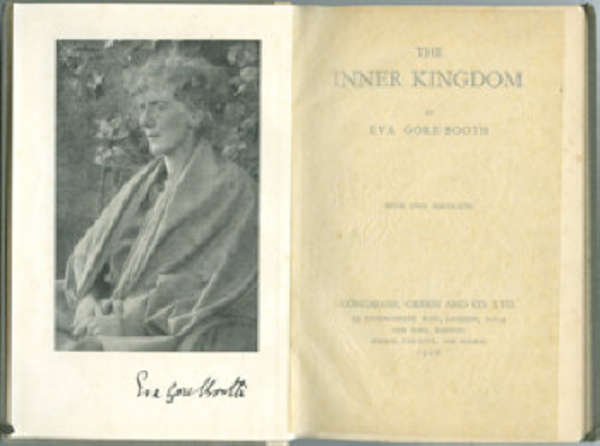
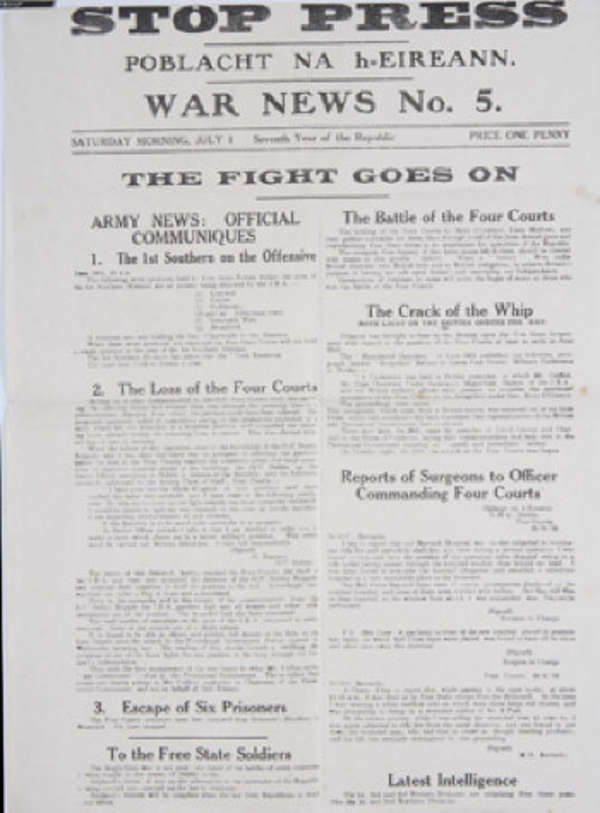
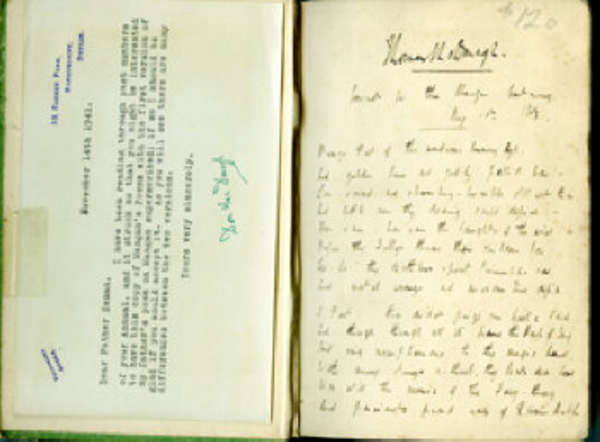

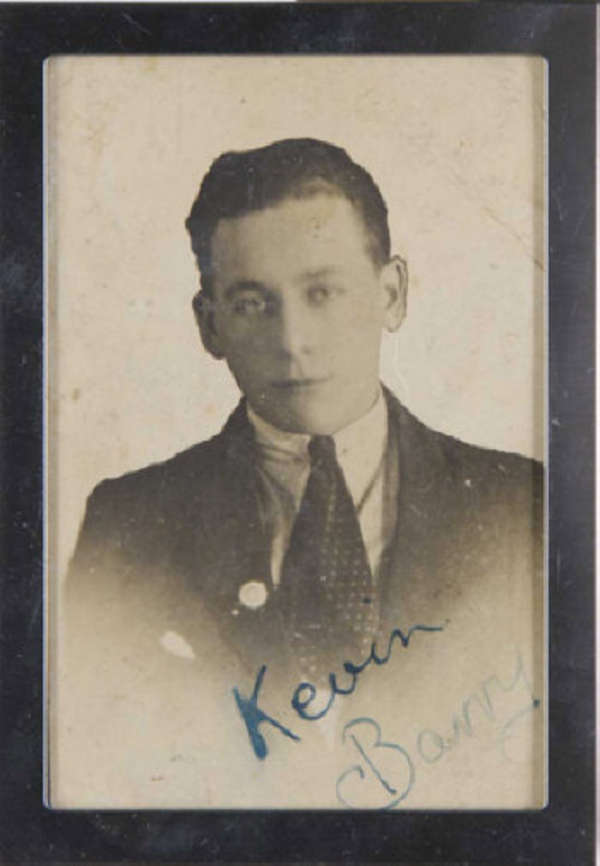
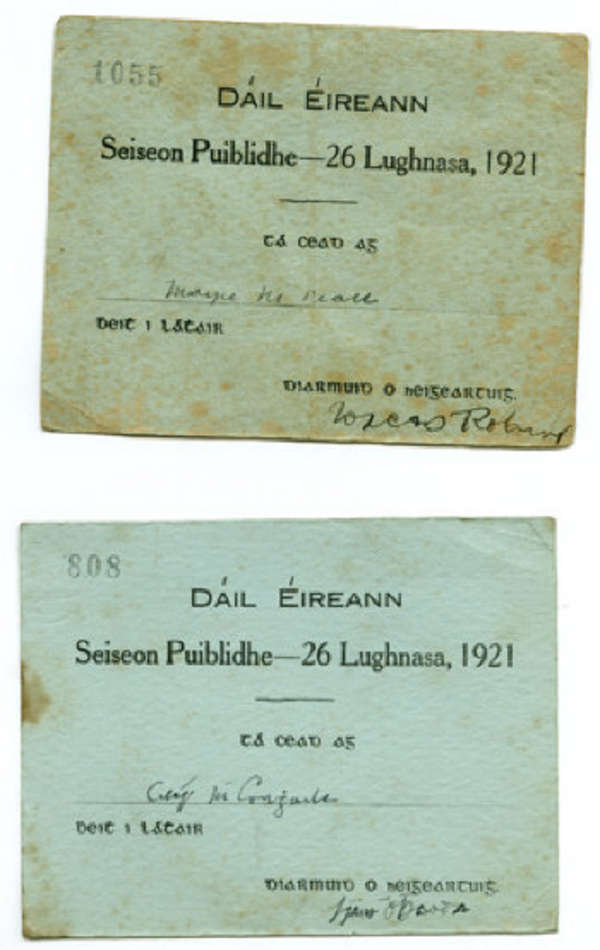
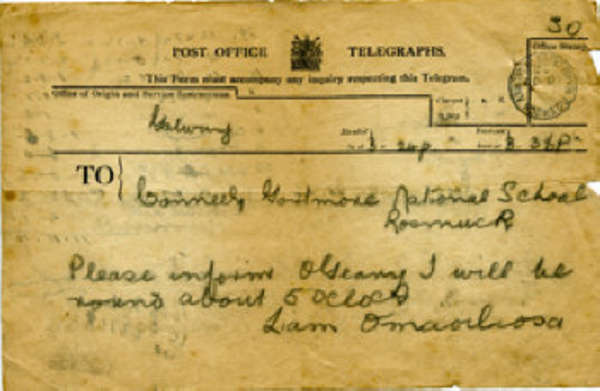
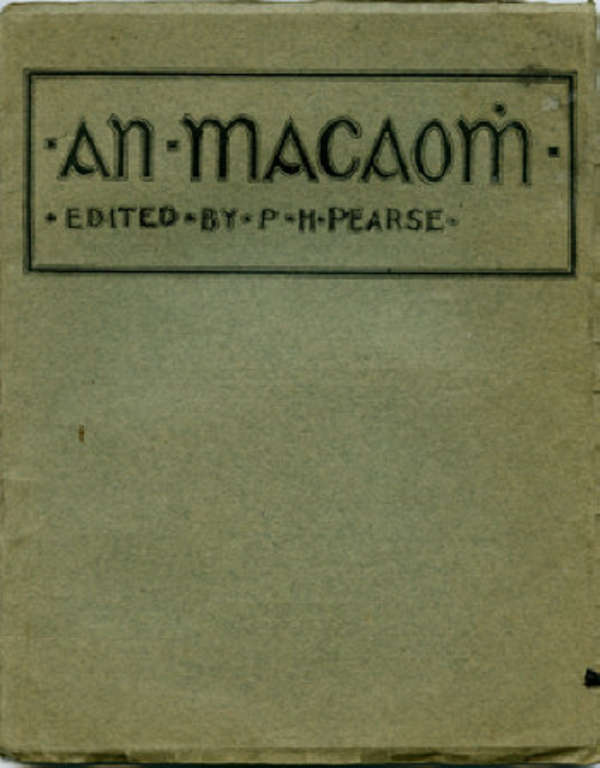


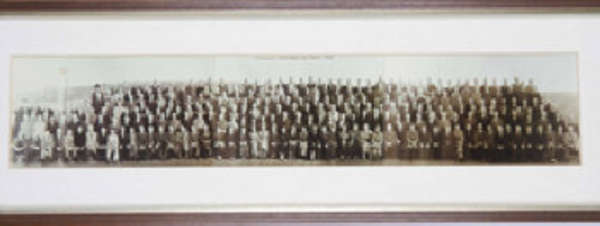


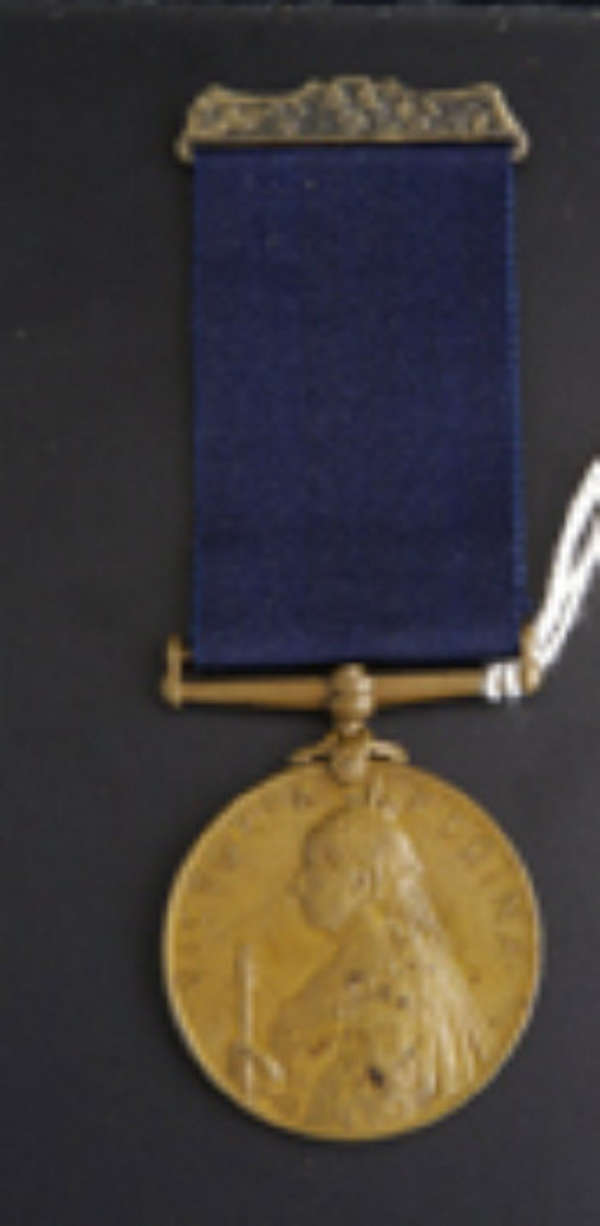
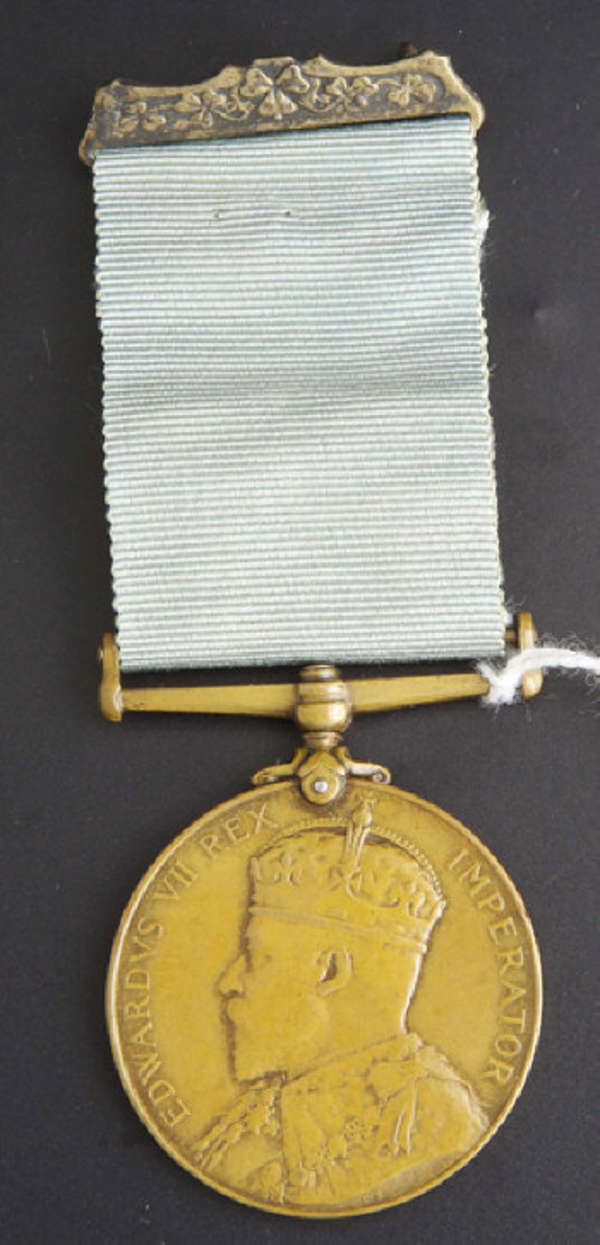
Testen Sie LotSearch und seine Premium-Features 7 Tage - ohne Kosten!
Lassen Sie sich automatisch über neue Objekte in kommenden Auktionen benachrichtigen.
Suchauftrag anlegen